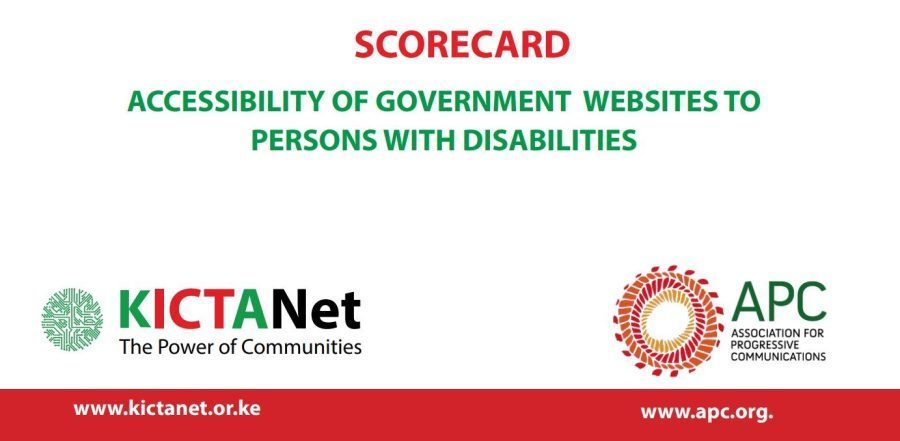In today’s digital age, government websites and digital services must be accessible to ensure all citizens have equal access to information and services. A report by the Digital Access Fellowship that was recently published revealed the present state of accessibility.
The study developed a scorecard that offers valuable insights that can assist web designers and developers in developing better websites. 46 websites were evaluated, and compliance level was measured against the W3C international web accessibility standards.
The prospect of digitizing the public services in Kenya has the potential to bridge gaps and eliminate barriers. The Internet can overcome barriers that traditionally have hindered access to information, resources, and opportunities. However, the ideal of equal access is hampered by various degrees of digital barriers.
The Principles of Accessibility
To assess website accessibility, you can use the POUR principles established by the Web Content Accessibility Guidelines (WCAG). These principles are globally recognized as standards for improving web content accessibility for people with disabilities. POUR is an acronym for perceivable, operable, understandable, and robust.
Perceivable
This relates to how information on the website accommodates sensory differences in sight,
audio, and touch. For content to be considered perceivable, it must be detectable and encodable with the senses that the users rely on at their different levels of reliability.
Under perceivability, whenever there are images or videos, provide the Alt text, media captions, alternative language (Sign or Swahili), or audio descriptions.
Operable
This principle entails making a website or application easy for persons with visual,
physical, or motor disabilities. Success factors under this principle include proper use of headers, sufficient colour contrasts, website content being carefully arranged to convey the same meaning across devices and assistive technologies, and the ability of all website functionalities to be carried out using the keyboard, aka character key shortcuts.
Understandable
The understandable principle relates to using simple language in the User design and experience. For example, the navigation buttons should use simple and clear language for the user to take action regardless of cognitive or language abilities.
This can involve using simple and familiar language, avoiding technical terms, providing explanations, and using consistent and predictable design elements. This can include alternative formats, such as audio or visual aids, to assist individuals with difficulty processing written or spoken language.
Robust
Robust websites and content are designed to work seamlessly with assistive technologies so that users with disabilities can access and use digital content compatible with their assistive technology and other accessibility features such as screen readers, braille displays, and keyboard-only navigation.
Ensuring that your website(s) are accessible to all users, regardless of their abilities, can be achieved by understanding the current accessibility standards, incorporating best practices, and actively seeking user feedback. The report on the accessibility of government websites provides valuable insights for designers and policymakers to create more accessible websites.
![]()




